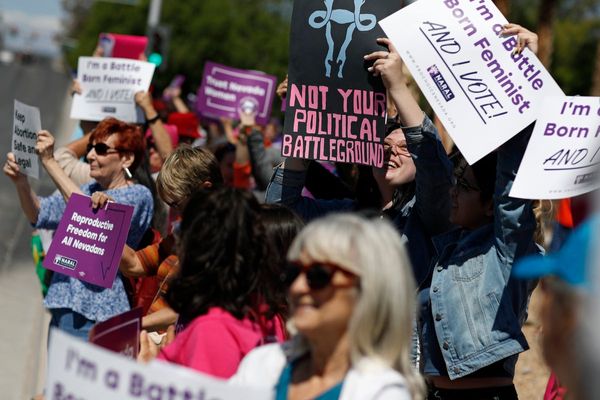
Good morning!
We’ve seen a host of layoff memos from CEOs as of late. So much so that the announcements have started to sound alike. Many chief executives have chosen to take accountability, apologizing for overhiring and the resulting staff cuts. But what do employees who've survived a workforce reduction really want to hear from their leaders after layoffs?
It turns out that many just want to hear a plan forward.
“I think it's nice that CEOs say [they’re taking accountability], but that's not enough,” says HR expert and consultant Josh Bersin. “What people want to hear is: ‘We have a plan, we're going to get this place back on track, and here's what we're going to do.’” This is where CHROs come into play.
Employers who clearly communicate how they plan to realign teams to their new business priorities have a leg up in remotivating often demoralized remaining employees. “It’s something that gives people confidence and forward momentum,” Bersin explains. He underscores that people want a roadmap and to feel like the personnel changes made were purposeful.
Many workers also want to know whether additional downsizing will occur and if their jobs will be next on the chopping block. It’s a pressing question that can spark an environment of fear among employees if not quelled quickly.
“When caring for people internally after layoffs, whether they're the people who were affected or the people who are staying behind, they need to feel that the environment is psychologically safe in order for them to continue to thrive,” says Cameron Yarbrough, cofounder and CEO of leadership coaching platform Torch. Psychological safety means creating a culture of trust where employees feel they can show up and perform to their best ability.
That requires radical transparency at all levels—not just the executive rank.
Bersin also encourages leaders to share what they plan to do differently in the future, what the company is no longer doing, and how they'll remove friction in day-to-day work. “Reduce some of the bureaucracy, maybe have fewer meetings, and other things that have been getting in the way,” he instructs. Bringing teams together is paramount in the days following major layoffs.
During this time, employees also want to hear how they’ll be involved in the organizational redesign. It’s a conversation that employees are often mistakenly left out of, says Bersin.
“The best organizational redesign is done by the people doing the jobs, not by the manager or a third-party consultant,” he explains. “I don't think leaders have to have all the answers, but they have to bring people together and talk about it.”
Last, and most importantly, leaders should prioritize communicating how they plan to take care of laid-off employees. Failing to do so could be detrimental to retaining existing employees.
“High performers still have choices,” says Yarbrough. “If I'm one of those people and I hear that one of my peers that I've spent the last five years of my life with was treated without respect, I'm going to start looking for another environment where people are treated with dignity.”
Amber Burton
amber.burton@fortune.com
@amberbburton







